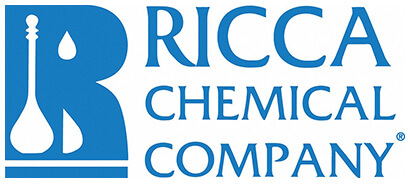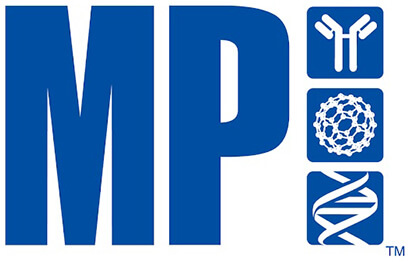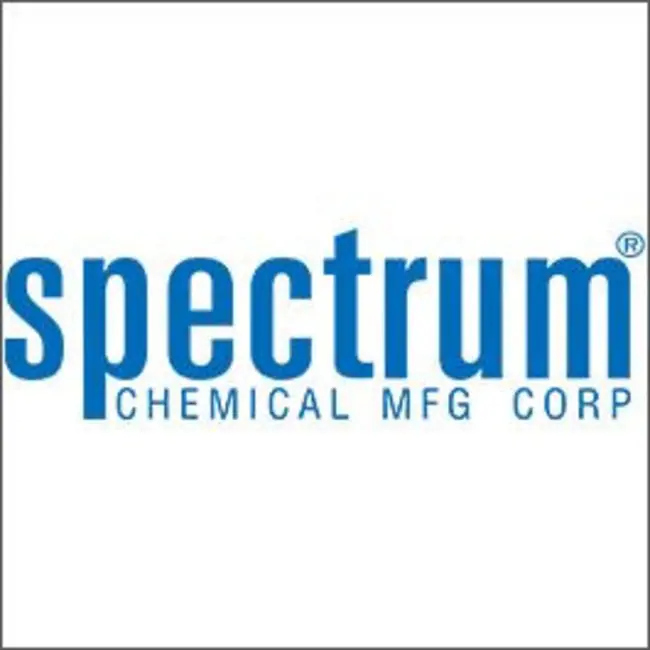Ambient
Showing 101651–101700 of 146499 results
-
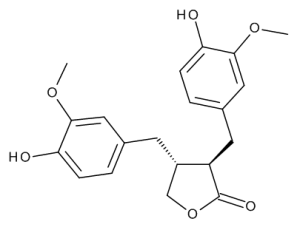
Matairesinol
$70.73 Add to cart View Product DetailsMolecular Formula : C20 H22 O6
-

Matairesinol
$137.14 Add to cart View Product DetailsMolecular Formula : C20 H22 O6
-
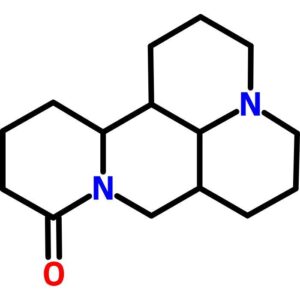
Matrine
$220.81 Add to cart View Product DetailsMatrine
-

Matrine
$774.64 Add to cart View Product DetailsMatrine
-
Mavacamten
$88.84 Add to cart View Product DetailsMolecular Formula : C15H19N3O2
-
Mavacamten
$332.93 Add to cart View Product DetailsMolecular Formula : C15H19N3O2
-
Mavacamten
$708.98 Add to cart View Product DetailsMolecular Formula : C15H19N3O2
-
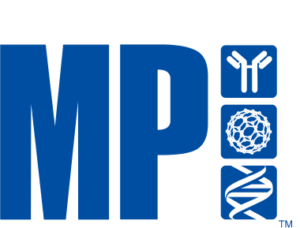
Mavacoxib
$95.14 Add to cart View Product DetailsMavacoxib
-

Mavacoxib
$287.95 Add to cart View Product DetailsMavacoxib
-
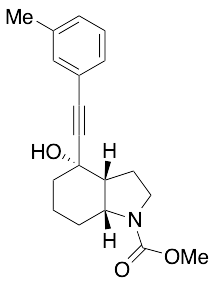
Mavoglurant
$313.95 Add to cart View Product DetailsMolecular Formula : C19H23NO3
-

Mavoglurant
$1,434.34 Add to cart View Product DetailsMolecular Formula : C19H23NO3
-
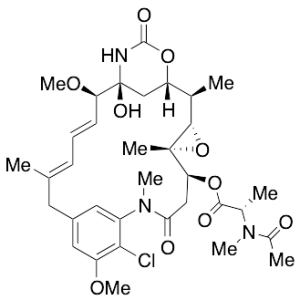
Maytansine
$303.60 Add to cart View Product DetailsMolecular Formula : C34H46ClN3O10
-

Maytansine
$2,383.09 Add to cart View Product DetailsMolecular Formula : C34H46ClN3O10
-
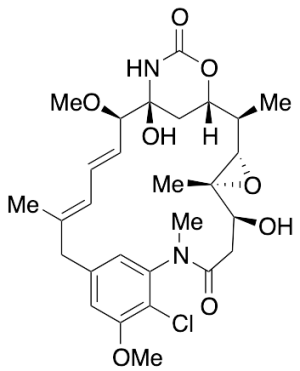
Maytansinol
$135.41 Add to cart View Product DetailsMolecular Formula : C28 H37 Cl N2 O8
-

Maytansinol
$268.24 Add to cart View Product DetailsMolecular Formula : C28 H37 Cl N2 O8
-

Maytansinol
$433.84 Add to cart View Product DetailsMolecular Formula : C28 H37 Cl N2 O8
-
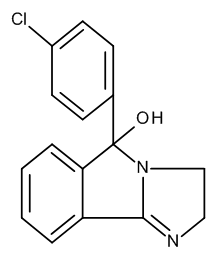
Mazindol
$85.39 Add to cart View Product DetailsMolecular Formula : C16 H13 Cl N2 O
-

Mazindol
$122.48 Add to cart View Product DetailsMolecular Formula : C16 H13 Cl N2 O
-

Mazindol
$173.36 Add to cart View Product DetailsMolecular Formula : C16 H13 Cl N2 O
-
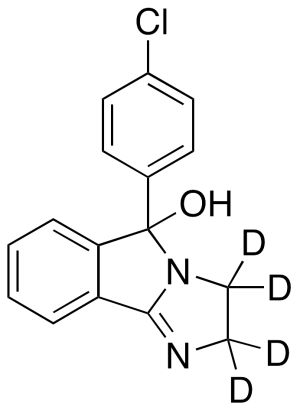
Mazindol-D4
$229.43 Add to cart View Product DetailsMolecular Formula : C16 H9 Cl D4 N2 O
-

Mazindol-d4
$1,691.36 Add to cart View Product DetailsMolecular Formula : C16 H9 Cl D4 N2 O
-
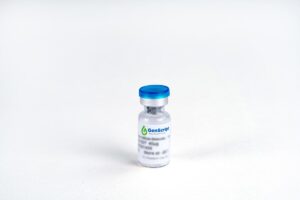
MBP-tag Antibody, mAb, Mouse
$87.98 Add to cart View Product DetailsGenScript MBP-tag Antibody, mAb, Mouse specifically reacts with fusion proteins containing MBP epitope tags.
-
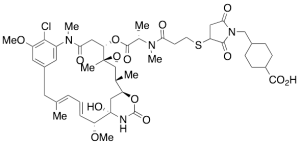
MCC-DM1
$242.36 Add to cart View Product DetailsMolecular Formula : C47H63ClN4O14S
-

MCC-DM1
$1,888.88 Add to cart View Product DetailsMolecular Formula : C47H63ClN4O14S
-

McCOLLUM & DAVIS SALT MIXTURE No. 185
$128.18 Add to cart View Product DetailsMcCOLLUM & DAVIS SALT MIXTURE No. 185
-

McCOLLUM & DAVIS SALT MIXTURE No. 185
$424.47 Add to cart View Product DetailsMcCOLLUM & DAVIS SALT MIXTURE No. 185
-

McCOLLUM & DAVIS SALT MIXTURE No. 185
$2,012.26 Add to cart View Product DetailsMcCOLLUM & DAVIS SALT MIXTURE No. 185
-

MCCOY’S 5A MEDIUM
$55.97 Add to cart View Product DetailsMCCOY’S 5A MEDIUM
-
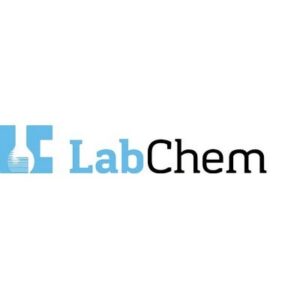
McIlvaine’s Buffer Solution, pH 3.2
$68.39 Add to cart View Product DetailsMcIlvaine’s Buffer Solution, pH 3.2
-

McIlvaine’s Buffer Solution, pH 3.2
$229.03 Add to cart View Product DetailsMcIlvaine’s Buffer Solution, pH 3.2
-

McIlvaine’s Buffer Solution, pH 3.2
$219.55 Add to cart View Product DetailsMcIlvaine’s Buffer Solution, pH 3.2
-
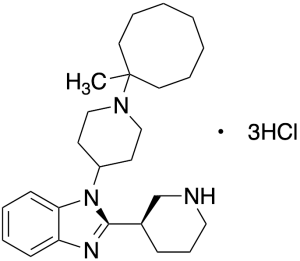
MCOPPB Trihydrochloride
$199.24 Add to cart View Product DetailsMolecular Formula : C26H40N4 . 3(HCl)
-

MCOPPB Trihydrochloride
$858.19 Add to cart View Product DetailsMolecular Formula : C26H40N4 . 3(HCl)
-

MCOPPB Trihydrochloride
$1,571.48 Add to cart View Product DetailsMolecular Formula : C26H40N4 . 3(HCl)
-
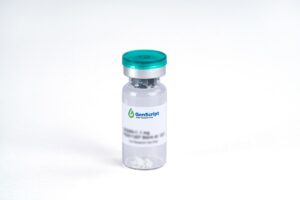
MCP-1/CCL2, Human
$1,323.94 Add to cart View Product DetailsCCL2, also known as monocyte chemotactic and activating factor (MCAF), was initially purified independently by two groups based on its ability to chemoattract monocytes. Subsequent to its cloning and sequencing, it became evident that this protein is also identical to the product of the human JE gene. The JE gene, originally identified in mouse fibroblasts, is a plateletderived growth factor (PDGF)inducible gene. The human CCL2 cDNA encodes a 99 amino acid residue precursor protein with a 23 residue hydrophobic signal peptide that is cleaved to generate the 76 residue mature protein. Natural CCL2 is heterogeneous in size due to the addition of Olinked carbohydrates and sialic acid residues. In addition to fibroblasts; tumor cells, smooth muscle cells, endothelial cells, and mononuclear phagocytes can also produce CCL2 either constitutively or upon stimulation by various stimuli. CCL2 is a member of the β (CC) subfamily of chemokines. Recently, the existence of MCP2 and MCP3 with 62% and 73% amino acid identity respectively, to CCL2 have been reported.
-
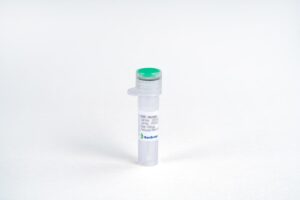
MCP-1/CCL2, Human
$99.19 Add to cart View Product DetailsCCL2, also known as monocyte chemotactic and activating factor (MCAF), was initially purified independently by two groups based on its ability to chemoattract monocytes. Subsequent to its cloning and sequencing, it became evident that this protein is also identical to the product of the human JE gene. The JE gene, originally identified in mouse fibroblasts, is a plateletderived growth factor (PDGF)inducible gene. The human CCL2 cDNA encodes a 99 amino acid residue precursor protein with a 23 residue hydrophobic signal peptide that is cleaved to generate the 76 residue mature protein. Natural CCL2 is heterogeneous in size due to the addition of Olinked carbohydrates and sialic acid residues. In addition to fibroblasts; tumor cells, smooth muscle cells, endothelial cells, and mononuclear phagocytes can also produce CCL2 either constitutively or upon stimulation by various stimuli. CCL2 is a member of the β (CC) subfamily of chemokines. Recently, the existence of MCP2 and MCP3 with 62% and 73% amino acid identity respectively, to CCL2 have been reported.
-

MCP-1/CCL2, Human
$43.13 Add to cart View Product DetailsCCL2, also known as monocyte chemotactic and activating factor (MCAF), was initially purified independently by two groups based on its ability to chemoattract monocytes. Subsequent to its cloning and sequencing, it became evident that this protein is also identical to the product of the human JE gene. The JE gene, originally identified in mouse fibroblasts, is a plateletderived growth factor (PDGF)inducible gene. The human CCL2 cDNA encodes a 99 amino acid residue precursor protein with a 23 residue hydrophobic signal peptide that is cleaved to generate the 76 residue mature protein. Natural CCL2 is heterogeneous in size due to the addition of Olinked carbohydrates and sialic acid residues. In addition to fibroblasts; tumor cells, smooth muscle cells, endothelial cells, and mononuclear phagocytes can also produce CCL2 either constitutively or upon stimulation by various stimuli. CCL2 is a member of the β (CC) subfamily of chemokines. Recently, the existence of MCP2 and MCP3 with 62% and 73% amino acid identity respectively, to CCL2 have been reported.
-

MCP-1/CCL2, Mouse
$1,323.94 Add to cart View Product DetailsChemokine (C-C motif) ligand 2 (CCL2) is also referred to as monocyte chemotactic protein 1 (MCP1) and small inducible cytokine A2. CCL2 is a small cytokine that belongs to the CC chemokine family. CCL2 recruits monocytes, memory T cells, and dendritic cells to the sites of inflammation produced by either tissue injury or infection. CCL2 is implicated in the pathogeneses of several types of disease characterized by monocytic infiltrates, such as psoriasis, rheumatoid arthritis and atherosclerosis. CCL2 is anchored in the plasma membrane of endothelial cells by glycosaminoglycan side chains of proteoglycans. CCL2 is primarily secreted by monocytes, macrophages and dendritic cells. CCL2 can signal through the CCR2 receptor.
-

MCP-1/CCL2, Mouse
$94.88 Add to cart View Product DetailsChemokine (C-C motif) ligand 2 (CCL2) is also referred to as monocyte chemotactic protein 1 (MCP1) and small inducible cytokine A2. CCL2 is a small cytokine that belongs to the CC chemokine family. CCL2 recruits monocytes, memory T cells, and dendritic cells to the sites of inflammation produced by either tissue injury or infection. CCL2 is implicated in the pathogeneses of several types of disease characterized by monocytic infiltrates, such as psoriasis, rheumatoid arthritis and atherosclerosis. CCL2 is anchored in the plasma membrane of endothelial cells by glycosaminoglycan side chains of proteoglycans. CCL2 is primarily secreted by monocytes, macrophages and dendritic cells. CCL2 can signal through the CCR2 receptor.
-

MCP-1/CCL2, Mouse
$51.75 Add to cart View Product DetailsChemokine (C-C motif) ligand 2 (CCL2) is also referred to as monocyte chemotactic protein 1 (MCP1) and small inducible cytokine A2. CCL2 is a small cytokine that belongs to the CC chemokine family. CCL2 recruits monocytes, memory T cells, and dendritic cells to the sites of inflammation produced by either tissue injury or infection. CCL2 is implicated in the pathogeneses of several types of disease characterized by monocytic infiltrates, such as psoriasis, rheumatoid arthritis and atherosclerosis. CCL2 is anchored in the plasma membrane of endothelial cells by glycosaminoglycan side chains of proteoglycans. CCL2 is primarily secreted by monocytes, macrophages and dendritic cells. CCL2 can signal through the CCR2 receptor.
-

MCP‑3/CCL7, Human(CHO-expressed)
$1,323.94 Add to cart View Product DetailsChemokine (C-C motif) ligand 7 (CCL7) is a small cytokine that was previously called monocyte-specific chemokine 3 (MCP-3). Due to CCL7 possessing two adjacent N-terminal cysteine residues in its mature form, it is classified within the subfamily of chemokines known as CC chemokines. CCL7 specifically attracts monocytes, and regulates macrophage function. It is produced by certain tumor cell lines and by macrophages. This chemokine is located on chromosome 17 in humans, within a large cluster containing many other CC chemokines and is most closely related to CCL2. CCL7 can signal through the CCR1, CCR2 and CCR3 receptors.
-

MCP‑3/CCL7, Human(CHO-expressed)
$90.56 Add to cart View Product DetailsChemokine (C-C motif) ligand 7 (CCL7) is a small cytokine that was previously called monocyte-specific chemokine 3 (MCP-3). Due to CCL7 possessing two adjacent N-terminal cysteine residues in its mature form, it is classified within the subfamily of chemokines known as CC chemokines. CCL7 specifically attracts monocytes, and regulates macrophage function. It is produced by certain tumor cell lines and by macrophages. This chemokine is located on chromosome 17 in humans, within a large cluster containing many other CC chemokines and is most closely related to CCL2. CCL7 can signal through the CCR1, CCR2 and CCR3 receptors.
-

MCP‑3/CCL7, Human(CHO-expressed)
$155.25 Add to cart View Product DetailsChemokine (C-C motif) ligand 7 (CCL7) is a small cytokine that was previously called monocyte-specific chemokine 3 (MCP-3). Due to CCL7 possessing two adjacent N-terminal cysteine residues in its mature form, it is classified within the subfamily of chemokines known as CC chemokines. CCL7 specifically attracts monocytes, and regulates macrophage function. It is produced by certain tumor cell lines and by macrophages. This chemokine is located on chromosome 17 in humans, within a large cluster containing many other CC chemokines and is most closely related to CCL2. CCL7 can signal through the CCR1, CCR2 and CCR3 receptors.
-
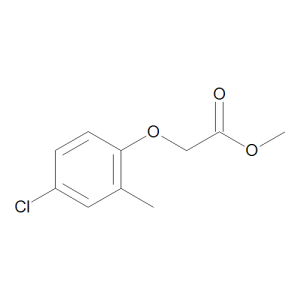
MCPA Methyl Ester
$136.28 Add to cart View Product DetailsMolecular Formula : C10 H11 Cl O3
-

MCPA Methyl Ester
$1,022.06 Add to cart View Product DetailsMolecular Formula : C10 H11 Cl O3
-
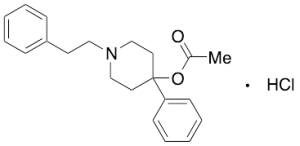
MCV 4527 Hydrochloride
$94.01 Add to cart View Product DetailsMolecular Formula : C21 H25 N O2 . Cl H
-

MCV 4527 Hydrochloride
$214.76 Add to cart View Product DetailsMolecular Formula : C21 H25 N O2 . Cl H
-

MCV 4527 Hydrochloride
$395.89 Add to cart View Product DetailsMolecular Formula : C21 H25 N O2 . Cl H
-
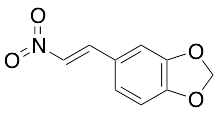
MDBN
$56.06 Add to cart View Product DetailsMolecular Formula : C10 H13 N3 O2
-

MDBN
$67.28 Add to cart View Product DetailsMolecular Formula : C10 H13 N3 O2


